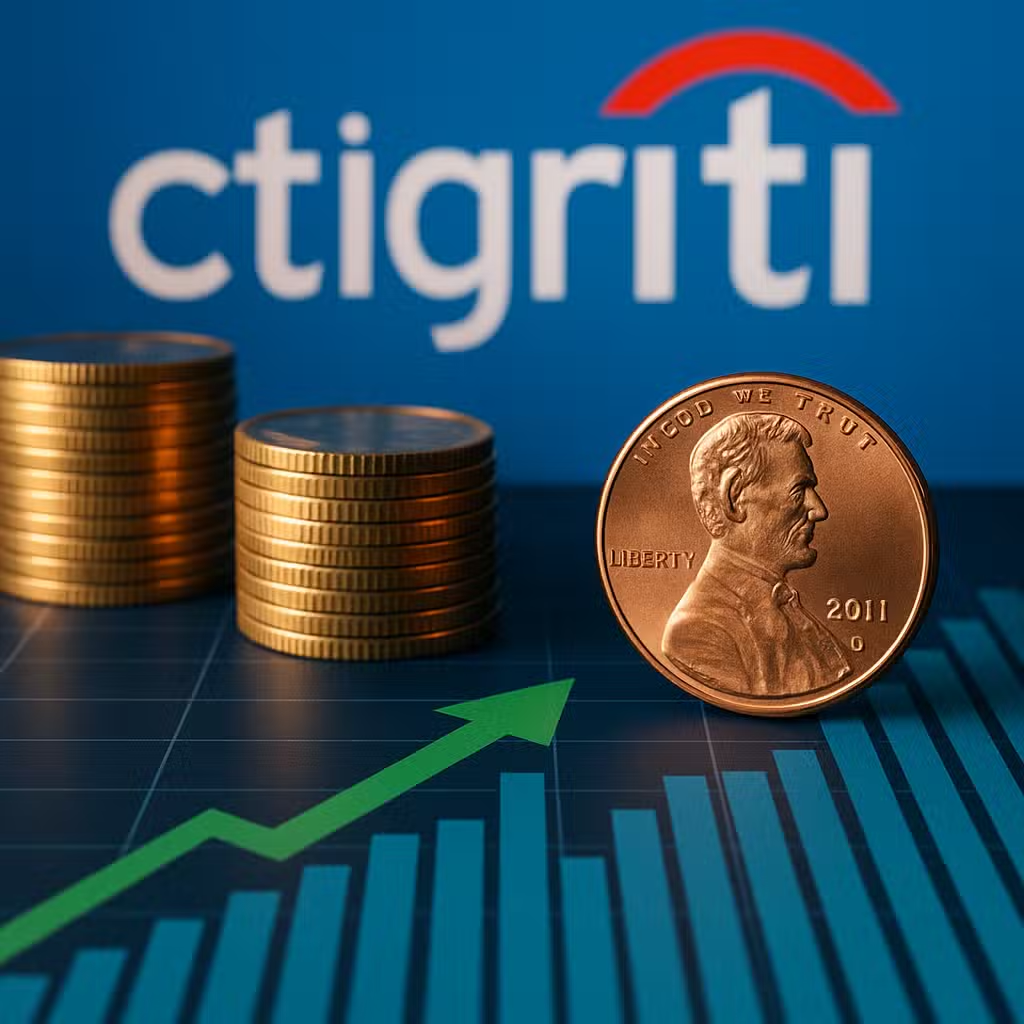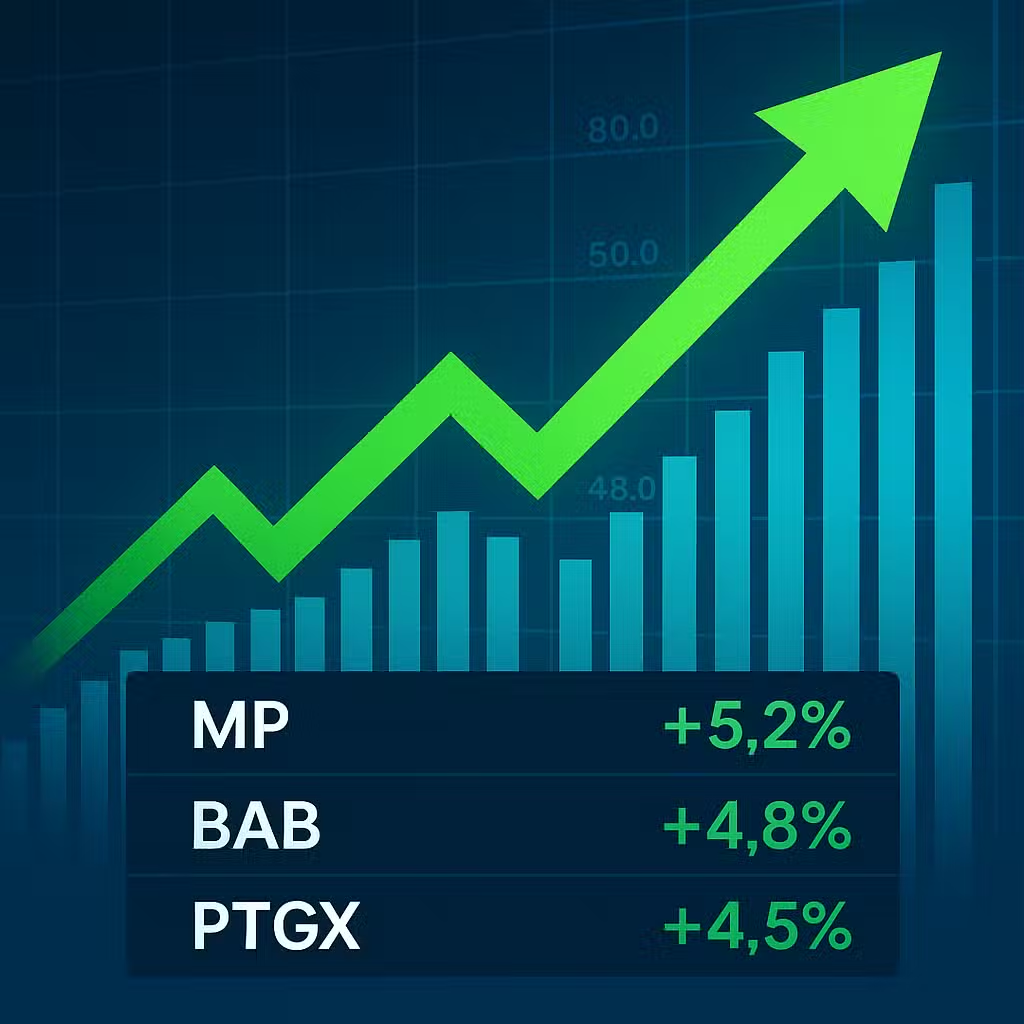State Lawsuits Challenge Trump’s PSLF Rule, Raising Uncertainty for Student Loan Investors
Imagine you’re playing a board game where the rules suddenly change halfway through—now, some players can’t win even if they follow the old rules. That’s what’s happening with a new student loan forgiveness rule, and it could shake up more than just the education world.
What’s Happening?
New York Attorney General Letitia James and over a dozen other state attorneys general are suing the Trump administration. They’re upset about a new rule that changes who can get their student loans forgiven through the Public Service Loan Forgiveness (PSLF) program.
The PSLF program, started in 2007, helps people who work for the government or non-profits—like teachers, nurses, and firefighters—by erasing their student debt after 10 years of service. The new rule says some organizations won’t count anymore if they’re accused of “unlawful activities,” such as supporting terrorism or illegal immigration, according to the Department of Education.
Why Investors Should Care
This isn’t just a student issue. Over 40 million Americans have student debt, totaling more than $1.6 trillion. That’s a huge chunk of the economy. Changes to forgiveness rules can affect spending, borrowing, even whole sectors like education, banking, and real estate.
- If fewer people get loans forgiven, they might spend less or delay buying homes.
- Companies tied to student lending, like banks or servicers, could see changes in demand.
- Education and public service sectors may struggle to attract workers if the promise of loan forgiveness fades.
According to the Federal Reserve, student loan debt is the second largest type of household debt after mortgages (source).
The Bulls: Why Some Support the Rule
- The Department of Education calls this a “commonsense reform” to keep the program focused on truly public-serving organizations.
- Supporters say it could prevent abuse, making sure only eligible workers benefit.
- It may save government money by narrowing the pool of people who qualify for forgiveness.
The Bears: Why Others Are Worried
- Critics, like Letitia James, say the rule creates a “political loyalty test” and unfairly blocks some public workers from relief.
- Over 9 million borrowers could lose out, according to a 2022 nonprofit estimate.
- Public service jobs could become less attractive if the financial incentive disappears, making it harder for communities to hire teachers, nurses, and first responders.
- Boston’s Mayor warns this could make higher education even more expensive for city workers.
For context, since 2021, more than 1 million borrowers have had their loans forgiven under PSLF, showing how many people rely on this program (White House Fact Sheet).
Investor Takeaway
- Watch student loan servicers and banks: Rule changes could impact demand for refinancing, collections, and new loans.
- Monitor public sector hiring trends: If loan forgiveness is harder to get, schools and hospitals may face staff shortages, affecting related sectors.
- Consider consumer spending: High debt burdens can slow spending on homes, cars, or retail, especially for younger Americans.
- Stay alert for legal and policy twists: With lawsuits in play, the rules could change again—adapt your portfolio as new outcomes emerge.
- Check exposure to education and real estate stocks: Both sectors are sensitive to changes in student debt policy.
Changes to student loan forgiveness aren’t just about education—they ripple through the economy and markets. Smart investors keep an eye on policy, because today’s court battles could shape tomorrow’s financial landscape.
For the full original report, see CNBC







